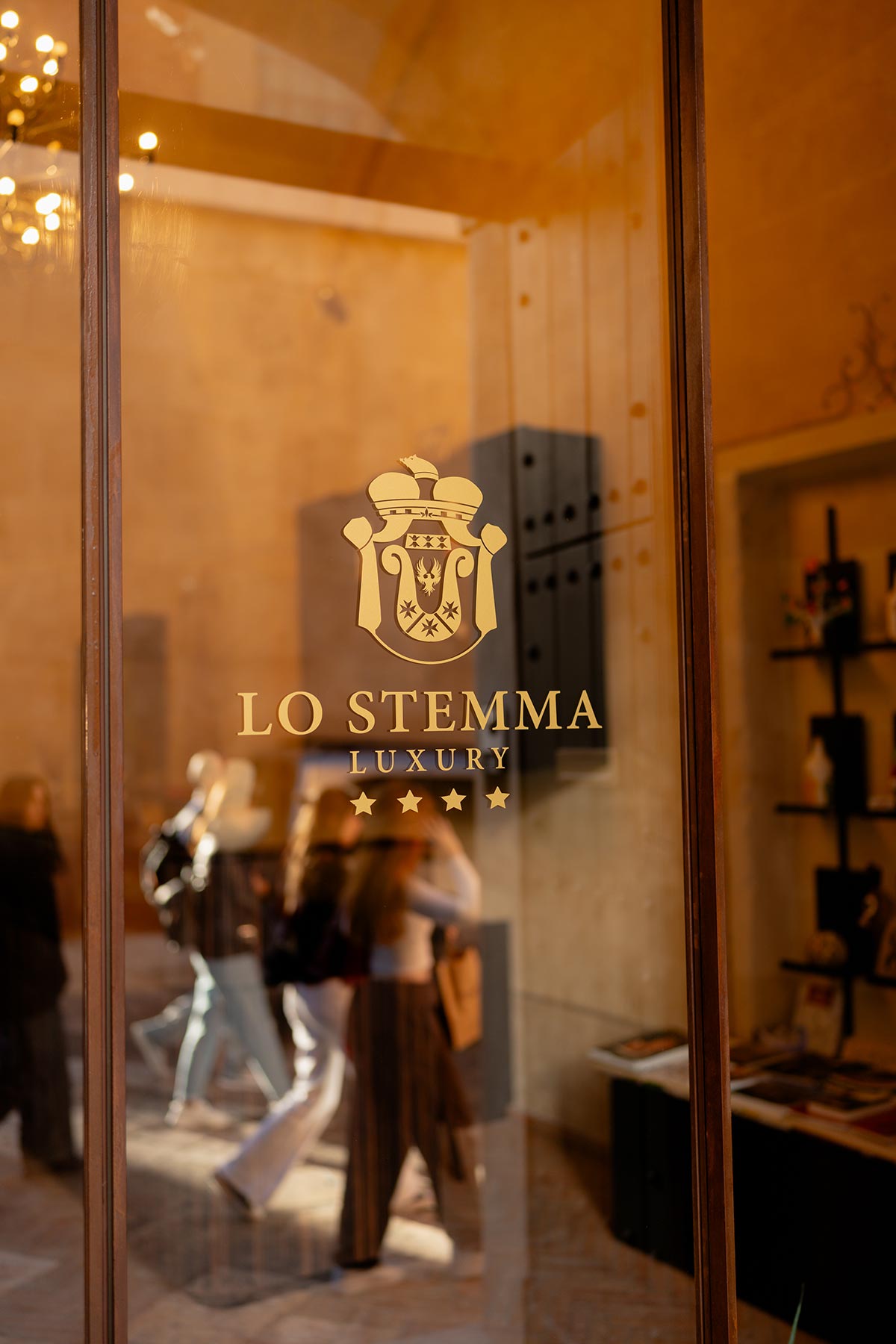A land, a history, a city
Matera, with its ancient history and tradition, is counted as the third oldest city in the world. In fact, the finds discovered in its territory allow us to state that it has been inhabited uninterruptedly from the Palaeolithic to the present day, ranging from the oldest Stone Age to the Neolithic, as evidenced by the numerous entrenched villages dating back to that period, some of which can still be visited in the Murgia Materna Park nearby. Also from this period is the pottery painted in the so-called Serra d’Alto style, widespread throughout the Mediterranean, demonstrating the cultural and commercial activity of the population settled in the Matera area.
But it was during the Early Middle Ages that Matera took on the characteristics of a city, standing on the Civita cliff, surrounded by walls on one side and protected by the Gravina ravine on the other. This was the period during which hermit monks and monastic communities settled in the caves of the Murgia, transforming them into rupestrian churches, many of which have unfortunately been rendered irrecoverable by the neglect of time. Some, however, have been recovered and returned to the memory of the site, making them visitable to bear witness to the history and beauty of this city. Many others have been reused for new purposes, in accordance with the needs of an agricultural pastoral community strongly rooted in the territory and religion. Matera is in fact the site with the highest concentration of rupestrian cult buildings in the world, where, over the course of five centuries, Christian religious groups of the Greek-Oriental and Latin type have alternated, flanked and influenced one another, whose presence has left indelible traces in the territory, tradition, faith, art and local culture.
local culture.
In the centuries that followed, the city was transformed and expanded following the needs of the growing population and the fashions of the time, always maintaining a perfect integration between man and the environment, coordinating demographic, cultural, socio-economic and political growth with the geological, vegetative, hydrographic and faunal characteristics that the territory allowed and offered. A symbiotic relationship of collaboration and search for integration that transcends time.
From the end of the 19th century onwards, the city underwent a rapid deterioration, also caused by a heavy economic crisis and the consequent increase in the city’s population, where social and urban conditions became increasingly difficult, to the point of deserving the name of national shame. In fact, it was in 1952 that the special law for the displacement of the sassi was passed, which after a few decades would see the city carved out of the rock emptied and completely abandoned in favour of new neighbourhoods designed by world-famous architects following international tenders.
The fascination of the ancient districts was not long in coming, as was the national law for their recovery, and in 1993 they were declared a UNESCO World Heritage Site for their system of water collection, purification, conservation and use. This represents a moment of great recognition for the history of the site, also sanctioned by the designation of European Capital of Culture for 2019.
For the entire area, these recognitions represent the consecration of an uninterrupted history where civilisation has left its footprints from prehistory to the present day. A fascinating history testified to by a veritable open-air museum, where you can take a dip into the past just by walking through the alleys and structures of the city’s old quarters.
As in the past, Matera is still in a privileged position, a crossroads of possibilities where one can broaden one’s knowledge of the area. Starting with the Parco della Murgia Materna, a historical, archaeological and natural park, where you can admire the remains of ancient entrenched settlements, ancient rocky places of worship, and more modern fortified farms, but also immerse yourself in evocative views or go on nature excursions in search of the hundreds of species of flora and fauna protected in the area.
For those who love the sea, Matera offers easy access to the Ionian coast where they can spend hours of pure relaxation on sandy beaches and azure seas.
Matera’s location makes it possible to visit other UNESCO sites such as Alberobello with its characteristic trulli, or Frederick’s Castel del Monte; but also some of the better-known towns in neighbouring Apulia, or historical sites such as Roman Venosa and Norman Melfi.
Strategically halfway both from the marvellous natural sites in Lucania, such as the Lucanian Dolomites or the Monticchio lakes, where trekking routes for all abilities or venturing on the famous Ponte alla Luna (Moon Bridge) can be taken, and from the Itria valley and other beautiful places in nearby Apulia. Finally, the archaeological sites and museums of Policoro and Metaponto are easily accessible from Matera, where you can admire the remains of the Magna-Greek civilisations that were the first to experience the splendour of these territories.


